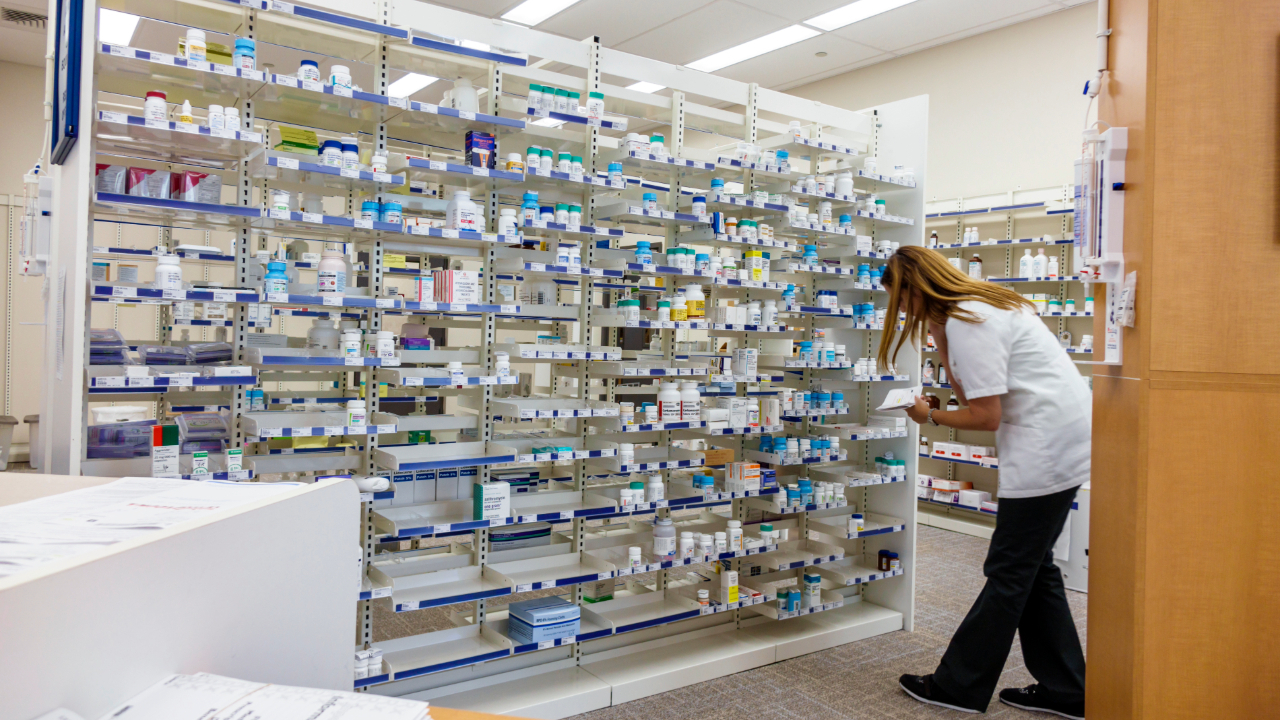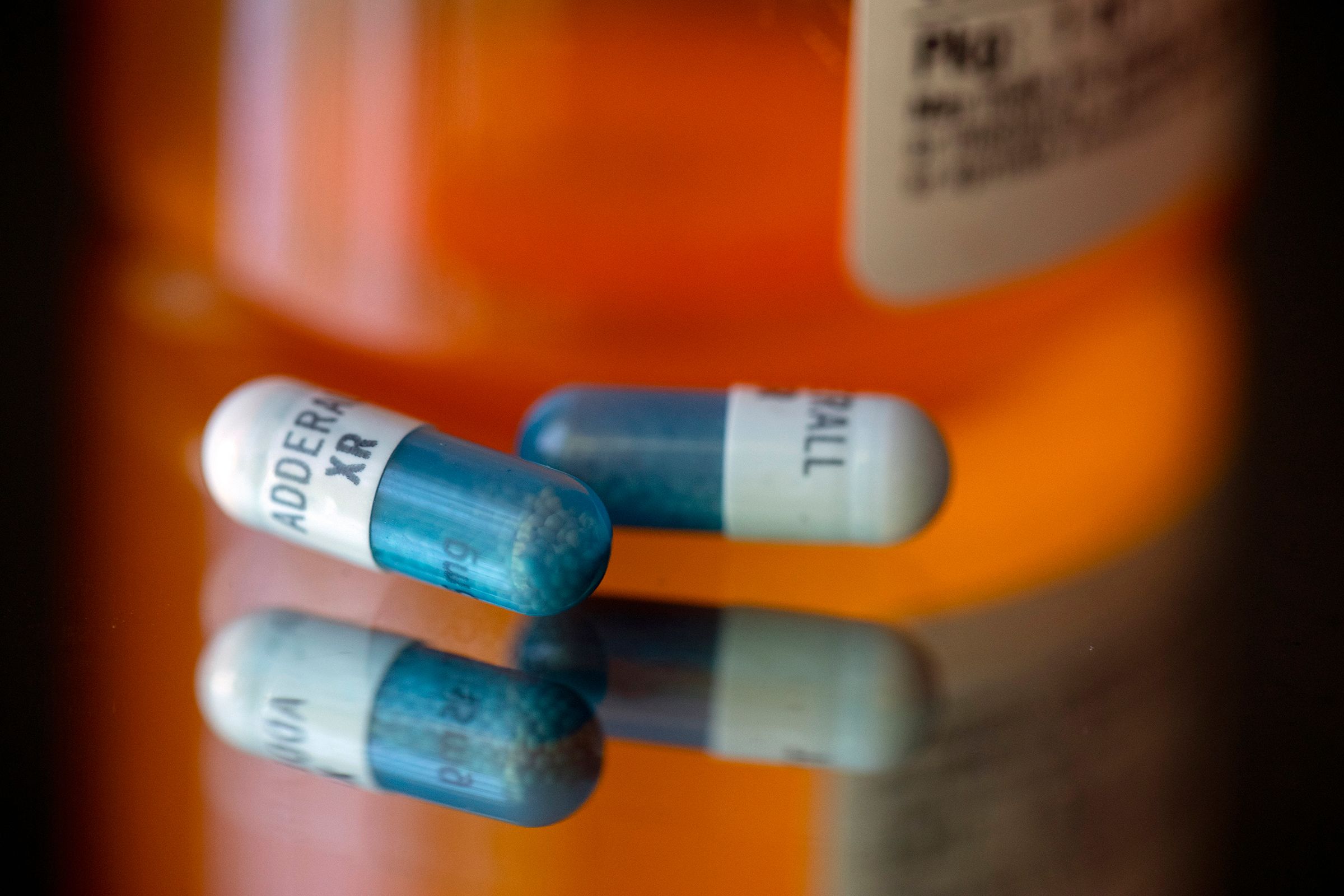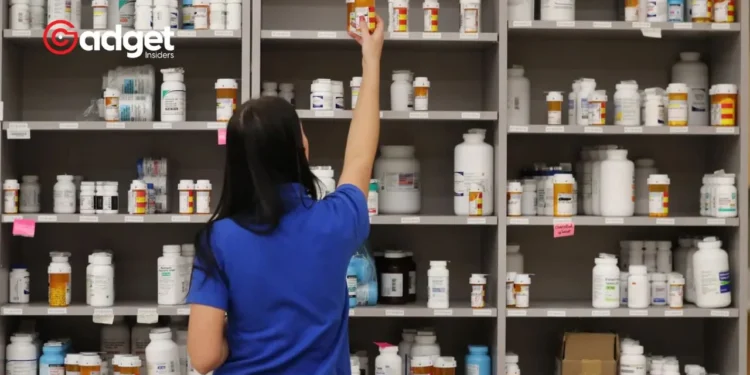In an alarming update, the United States is grappling with a record high of 323 drugs now listed as in short supply. This statistic not only surpasses the previous record set in 2014 but also marks the highest since such tracking began.
From essential cancer treatments to crucial ADHD medications, the breadth of this shortage encompasses a range of drugs, significantly impacting both patient care and the healthcare system at large.

Drugs Shortage: The Broad Impact on Healthcare
According to the American Society of Health-System Pharmacists (ASHP), all drug classes are currently vulnerable, with particularly acute shortages seen in generic sterile injectable medications.
“Some of the most worrying shortages involve cancer chemotherapy drugs and emergency medications stored in hospital crash carts and procedural areas,” stated ASHP CEO Paul Abramowitz.
Additionally, ongoing national shortages of ADHD therapies pose a serious challenge, affecting countless patients and clinicians across the country.
Erin Fox, the associate chief pharmacy officer at the University of Utah Health, shed light on the nature of the medicines most affected. She noted that most are generic, older products, with about half being injectables requiring stringent manufacturing processes. This complexity adds another layer of difficulty in resolving these shortages.

The Root Causes of the Shortages
The reasons behind the pervasive drug shortages are complex and multifaceted. Historically, the issue has often been linked to economic factors, particularly for generic drugs. These medications typically have minimal to non-existent profit margins, a situation exacerbated by wholesale price reductions driven by industry middle managers.
This economic pressure has led to several generic drug manufacturers filing for bankruptcy, further straining the supply chain. For specific medicines like Adderall, the situation intertwines with regulatory constraints.
Despite resolving initial manufacturing delays, Adderall shortages have persisted, aggravated by increased demand and prescribing limits set by the Drug Enforcement Administration.
Interestingly, a joint letter from the DEA and the Food and Drug Administration revealed that in 2022, manufacturers used only about 70% of their production quotas, indicating significant unused capacity.
US drug shortages reach record high with 323 meds now in short supply https://t.co/ZF2ztjrA7r
— Ars Technica (@arstechnica) April 12, 2024
Forward-Looking Strategies
The ASHP has not only highlighted these issues but also proposed solutions aimed at mitigating these shortages. The organization is actively engaging with policymakers to push for legislative and regulatory reforms that address the root causes of these disruptions.
“Much work remains to be done at the federal level to fix the root causes of drug shortages,” Abramowitz emphasized.
By advocating for strategic changes, ASHP hopes to foster a more resilient supply chain that can withstand the challenges posed by the current healthcare landscape.

A Call for Action
The record-high drug shortages in the United States signify a pressing need for systemic changes within the pharmaceutical industry and healthcare policy.
As stakeholders from across the sector come together to address these challenges, the path forward will require both innovative solutions and concerted efforts to ensure that patients have access to the medications they critically need.
The ongoing dialogue between the ASHP, regulatory bodies, and the pharmaceutical industry is a crucial step towards resolving this crisis and safeguarding public health.










